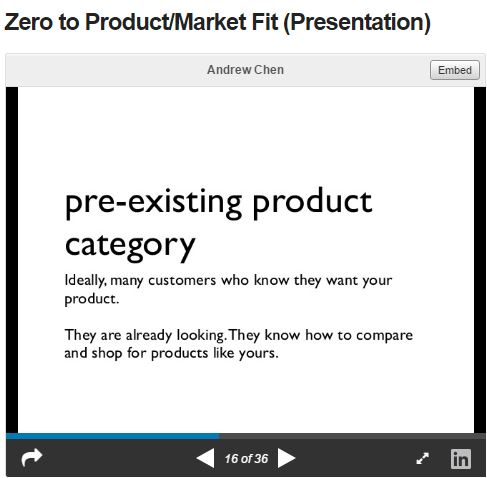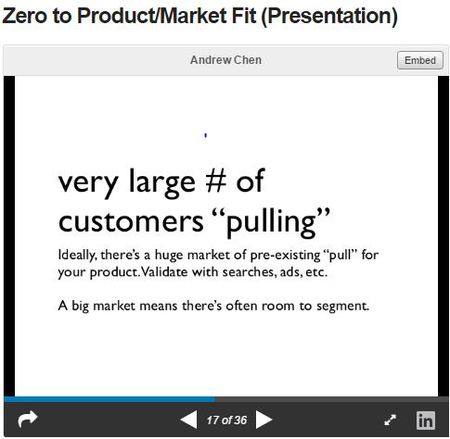Bonus content: the first ever public sneak peak into our company's website and Twitter account! Drum roll ....In our last post, we talked about our 6-month plan to acquire one paying customer with a product that is designed to scale. In this post, we will go into the details of how we plan to acquire our first paying customer in the first six months. I see this post like a go-to-market plan for our first six months. It is of course a very crude go-to-market plan and stripped to its bare minimum. But I wanted to share with you the thought process we went through to decide how we will be acquiring our first paying customer. Usually, startups go through a resource-heavy product development phase (resource could be time, money, process, or a combination of all). In this phase, most product-developing startups are not clear about how they will make money with their product. They rarely spend any time on defining how to make money and rather focus on how to raise capital to fund their product development phase. We want to turn this model on its head. Our plan is to leverage the willingness of someone to pay us for our product (albeit version zero) as a signal that we are on the right track. The more paying customers we acquire, the more input we gather to understand how and to what extend our product is delivering value and how to enhance our product so that those paying customers spend more with us or convince their friends to become our customers. Question 1: Why would someone pay us for version zero of our product? This was really easy to answer. Because our version zero product solves a problem and delivers a specific value. As a matter of fact, our "value" is pretty simple and has been from the beginning. I realized that first time when I created our Twitter account. It was very easy for me to define who we are on our Twitter profile. " We are giving investors the confidence to buy/sell/hold Tech stocks". The real value is the confidence we give them to buy, sell, or hold a stock when they are investing their hard-earned cash in stocks market. I only edited it twice. Once I wrote it and the day after I went back and I added a small qualifier at the end "... with on demand analysis" and that was it. I think the "Twitter profile test" is actually a good way of gauging whether we know what problem we are solving. If only customers also engage with it and see it similarly (fingers are crossed!). I guess that's going to be one of the questions we need to get it answered when we start talking to our customers. Question 2: Do any such people exist?
Our plan for the first six months doesn't stop here. In our last post and as I started this post, I talked about the 2 aspects of our goal. In this post I only got the chance to talk about the "first paying customer" aspect. However, we do not want to just acquire a paying customer. Rather, we would want to acquire that customer with a product that is designed to scale. In our upcoming post I will explore the 2nd aspect further and describe how we are designing our product to scale. Do not mistake it with scaling our product but rather designing it from the get-go to scale. This is a concept I learned from Elon Musk at Tesla's Q1 2016 investor call. It wasn't actually him who talked about it first. One of his executives touched upon the concept of "designing to scale" their Model 3 Teslas. Elon took the concept and explained how Model 3 will be different form their other models by design. I then took the concept of "designing for scale" and made it relevant to our product. Stay tuned for the upcoming post!
1 Comment
|
© COPYRIGHT 2015 - 2023. ALL RIGHTS RESERVED.

